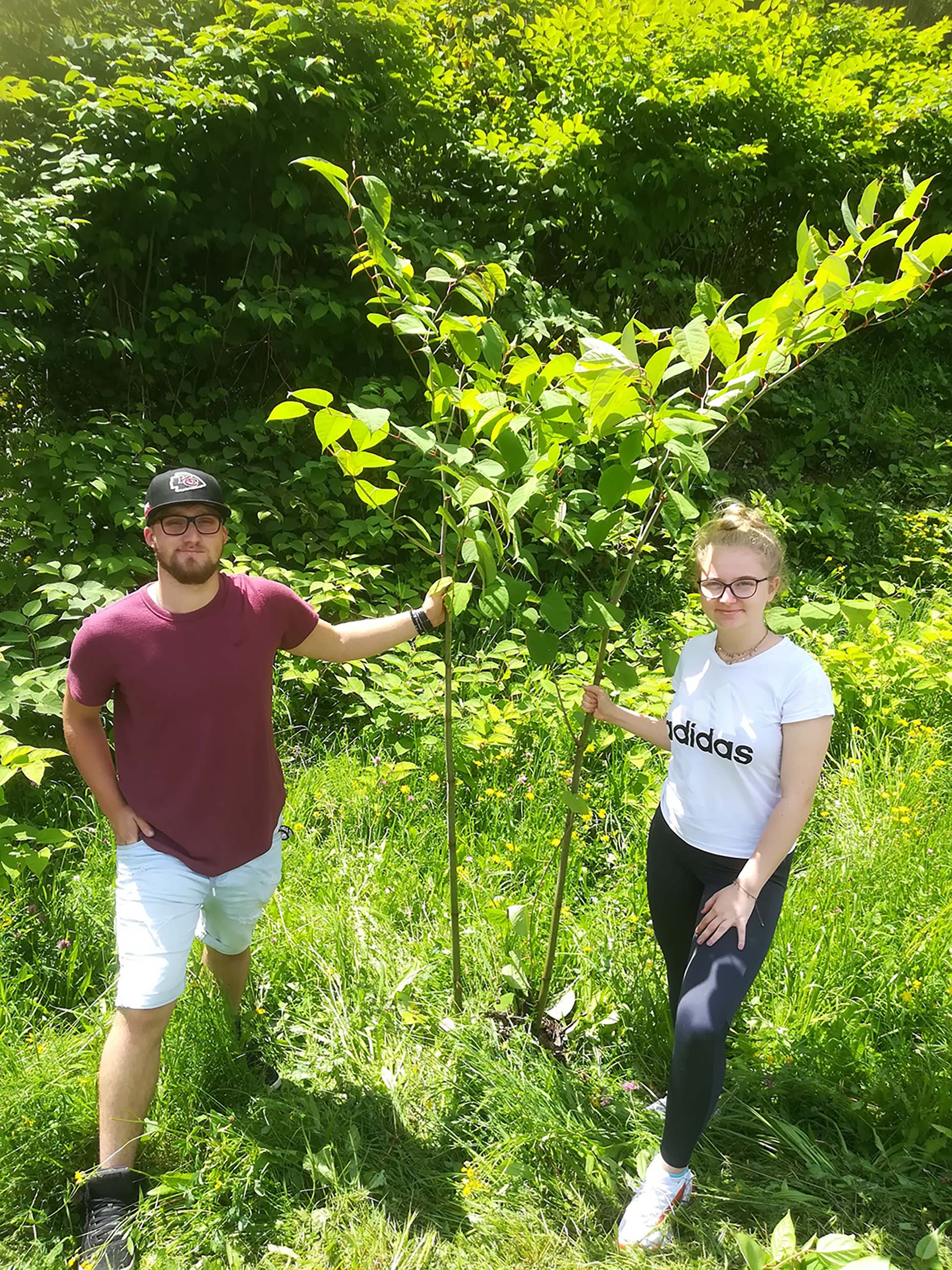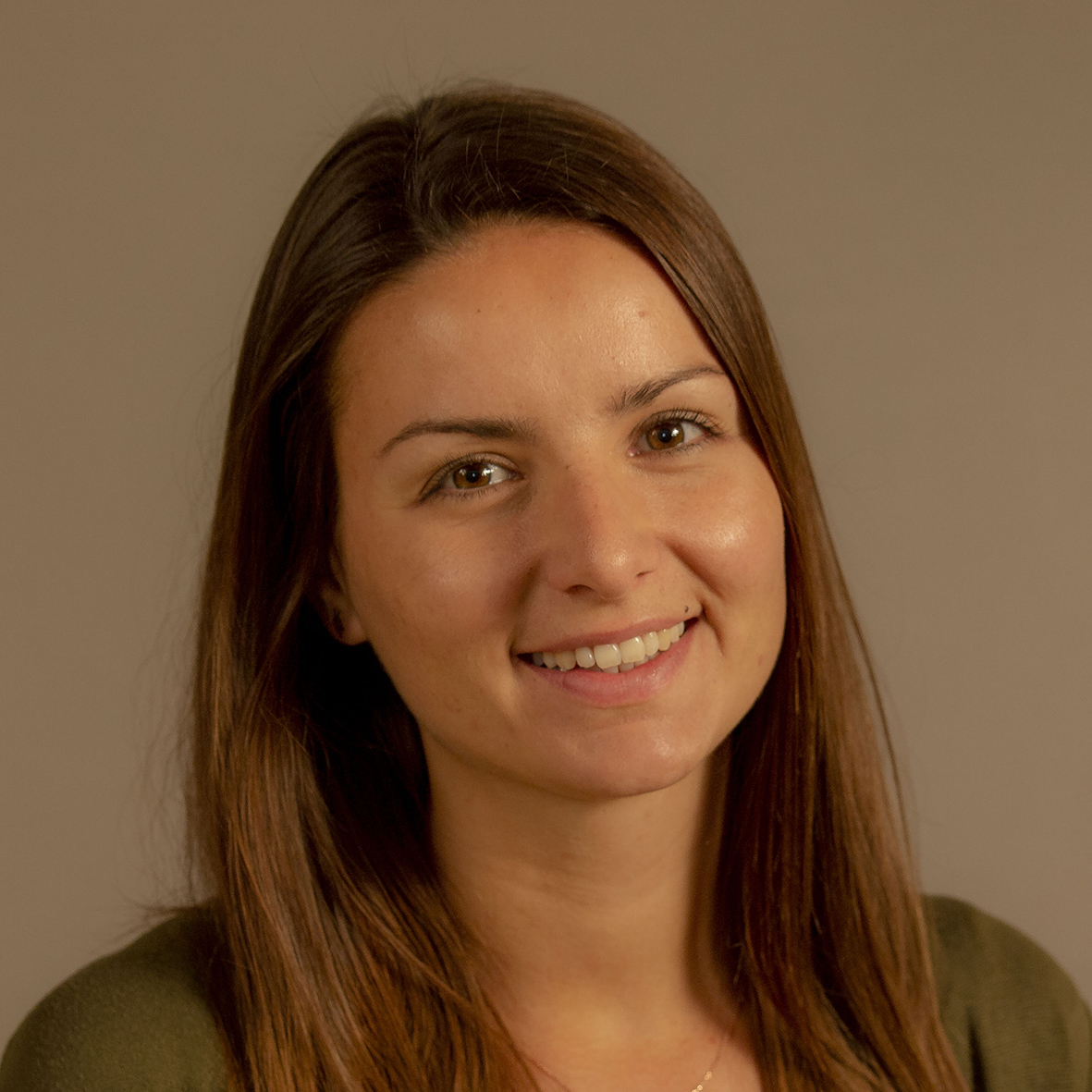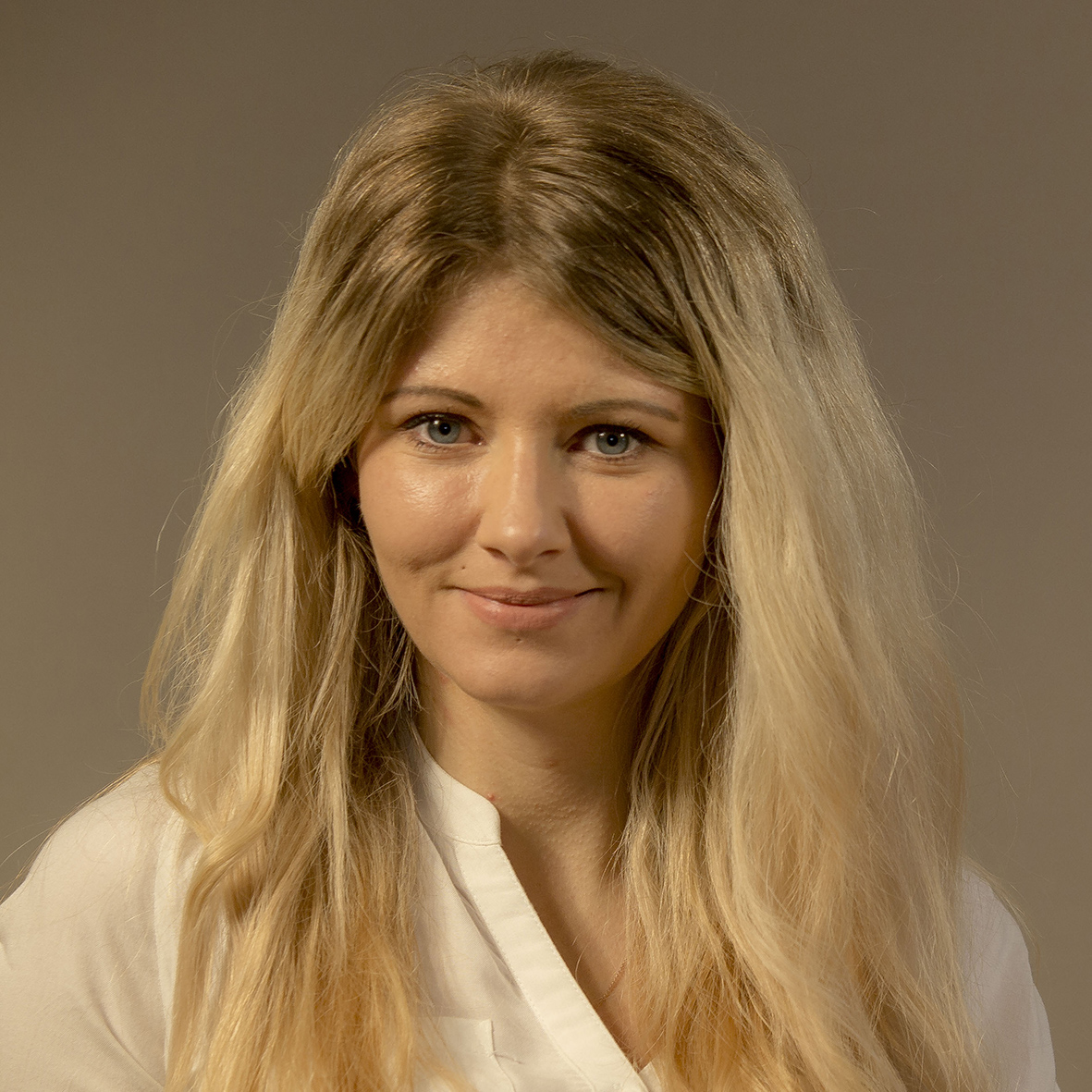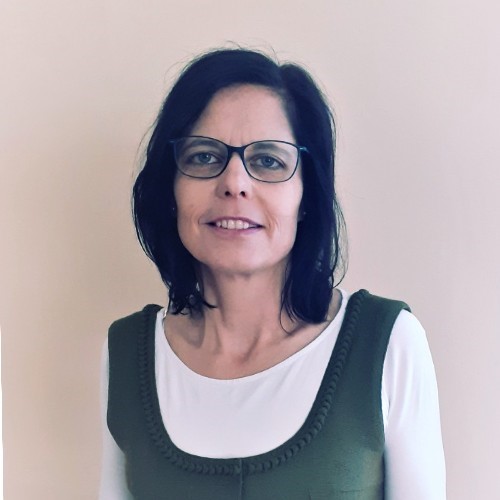A major concern during his internship was, for example, Philipp Poier to create a kind of foundation to make it easier for future internships to get started on this very sensitive topic of invasive neophytes. Many hours of work have been invested in monitoring and mapping the invasive neophytes to provide an indication for long-term regulatory measures. The invasive neophytes could also be professionally removed, especially on nature conservation areas, on embankments and near streams. Raising awareness among the regional population to recognize the enormous damage potential of these alien plants was an additional important focus of the work.
During the internship, the HBLFA Raumberg-Gumpenstein graduate focused specifically on the following invasive neophytes:
- Glandular balsam ( Impatiens glandulifera )
- Japanese knotweed ( Fallopia japonica )
- Canadian goldenrod ( Solidago canadensis )
- Great goldenrod ( Solidago gigantea )
With the “LOCUS Map” app, Philipp Poier was able to record the GPS data of the populations and process them into meaningful distribution maps.
Measures on the northwest bank of Lake Altaussee and on a section of the Enns bank in the Gesäuse National Park were part of the activities to explore effective methods and the growth behavior of the Japanese knotweed at different locations.
Monitoring at Lake Altaussee
In mid-July, mid-August and early October, the intern team carries out root excavations directly on the shore of Lake Altaussee. The magnificent lake is a valuable local recreation area and tourist magnet. Unfortunately, the populations of Japanese knotweed ( Latin: Fallopia japonica ) found there can no longer be overlooked right on the northeastern shore of the lake along the walking path. This invasive neophyte has considerable potential for damage and permanently changes the bank area into a monotonous strip of green. “When we first looked at the area, it became clear that knotweed had been introduced here through the dumping of contaminated soil. On site it finds optimal conditions for widespread reproduction and almost all native, site-typical plants are displaced.
The control measures are very complex because the root areas penetrate deep into the ground and new parts of the plant multiply from a tiny root section and overgrow entire banks. Due to the annual growth in length of over three meters (the above-ground plant material freezes off), the view of the water surface is severely restricted.
Iris Krijezi, a student from Admont High School, interviewed local recreation seekers on the topic of invasive neophytes and especially Japanese knotweed, thereby arousing great interest in the topic among the local population. Iris Krijezi completed a talent internship from the FFG at Radio Freequenns and her reporting was awarded.
Monitoring in the Gesäuse National Park
At the end of July, a joint neophyte campaign took place with the Gesäuse National Park and the HBLFA Raumberg-Gumpenstein. The team focused on an alluvial fan on the Enns at the level of the Finstergraben in the core area of the national park, where strictly protected plants also occur. The area was selected as a reference area for the HBLFA Raumberg-Gumpenstein's MonitorNeophyten project. During this assignment, too, the team was actively supported by the interns from the acquisition department. Rhizomes over three meters long were excavated. During an inspection in the fall it was determined that the work was worthwhile. Only removing the underground row of plants is effective, but the site still needs to be maintained every year.









